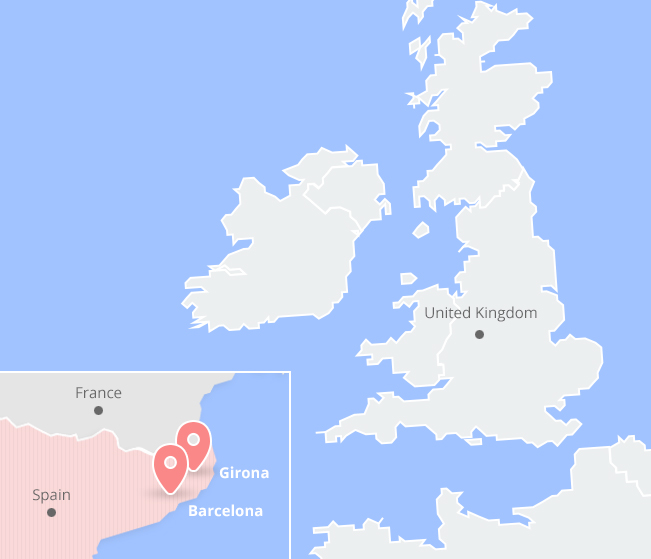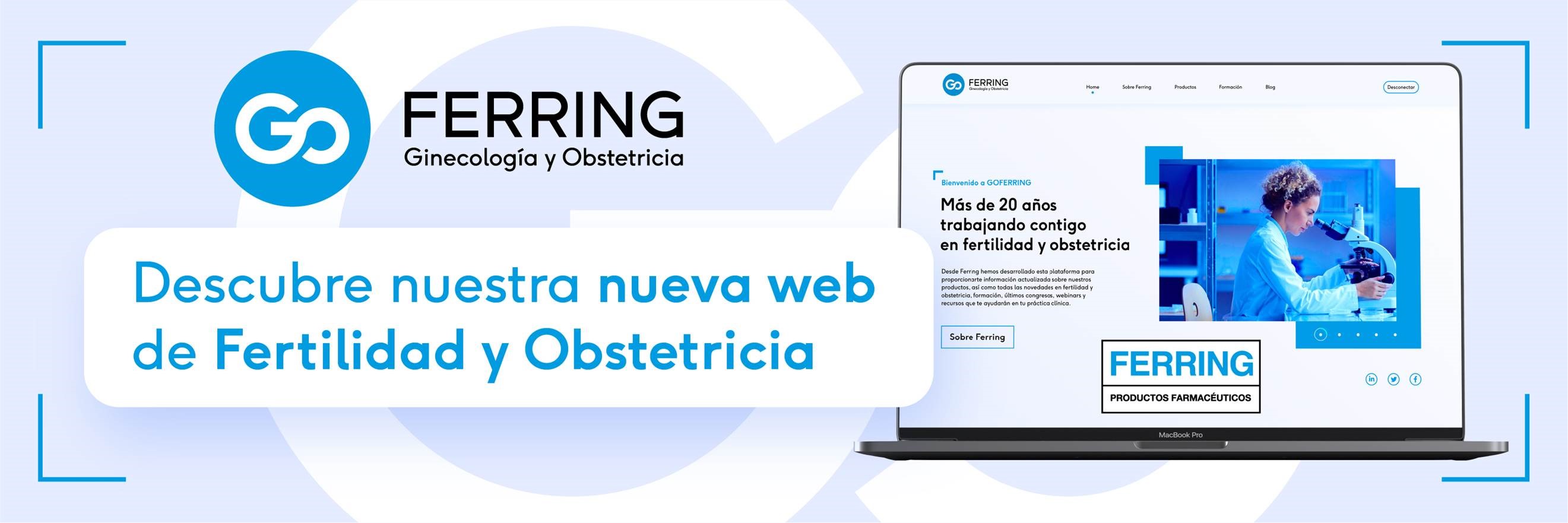Egg Donation
Egg donation is an assisted reproduction technique that involves inseminating a donor’s eggs with the sperm of the recipient’s male partner. In the event that the woman does not have a male partner, or if she does but he does not have adequate quality, or amount of sperm, sperm from a donor (sperm bank) is used to perform in vitro insemination of the donor’s eggs.
On a technical level, egg donation is In Vitro Fertilisation with donor eggs, in other words, the union between an egg and sperm that takes place in the laboratory. The embryos are cultured for several days until the day of embryo transfer, when they are placed inside the recipient’s uterus.
Egg donation is the assisted reproduction technique with the highest rate of pregnancy, at almost 70%.
Legally, a woman can undergo egg donation up to the age of 50.
Egg donation is anonymous, voluntary and selfless, so the donor and recipient can never find out the other’s identity.
The law provides that, for all legal purposes, the recipient of the eggs will be the legal mother of the conceived child.
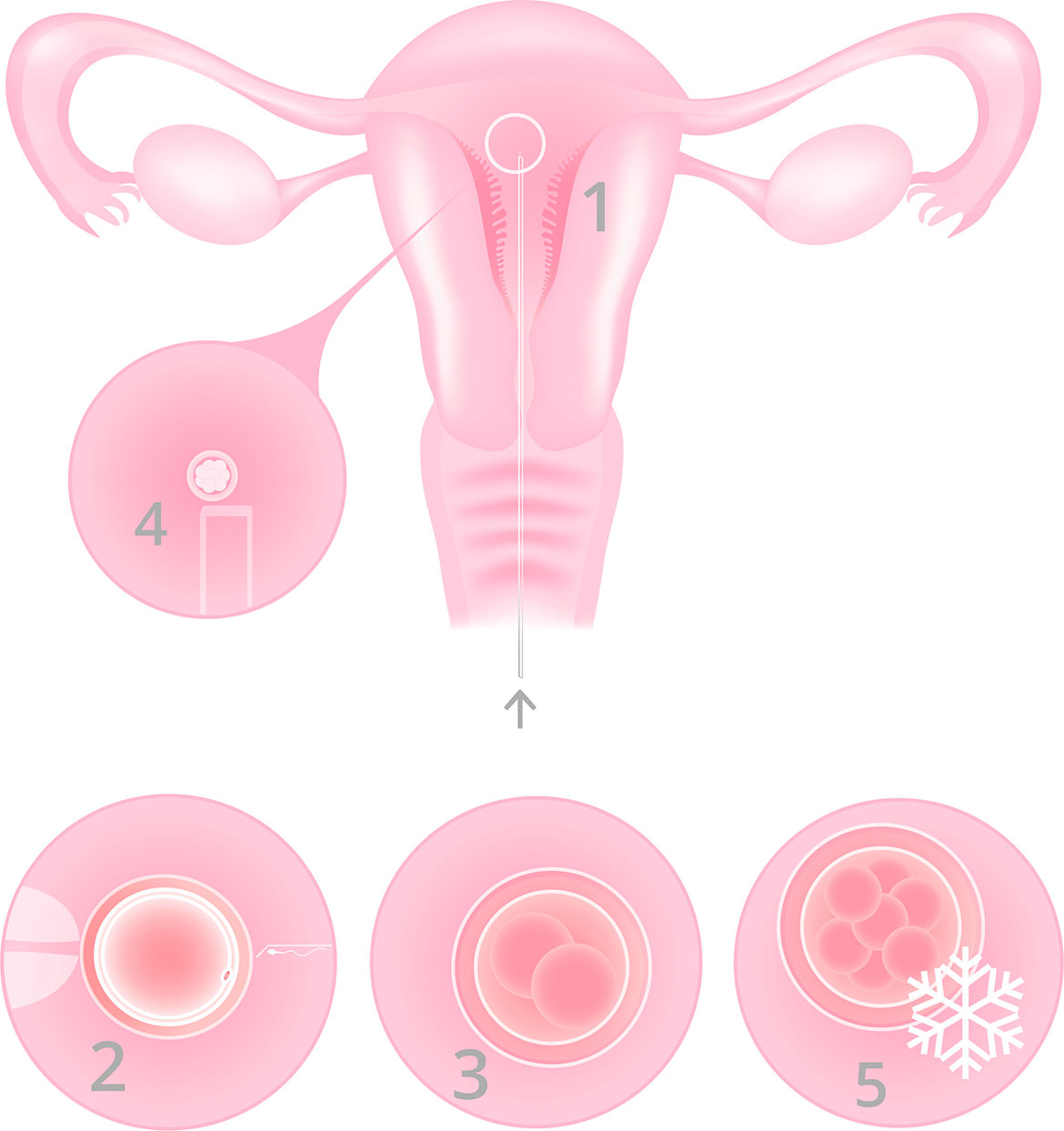
Egg donation procedure
- Hormone treatment. Preparation of the endometrium to achieve higher receptivity and the utmost probability of pregnancy at the moment of embryo transfer.
- In vitro insemination of donor eggs. The eggs are inseminated in the laboratory.
- Embryo culture. The resulting embryos are cultured in the laboratory, in optimal conditions for their development until the moment of embryo transfer.
- Embryo transfer. The embryo with the best potential for pregnancy is transferred to the recipient’s uterus.
- Embryo vitrification. Good quality embryos that are not transferred are vitrified and remain frozen for future uses.
Egg donation, STEP BY STEP
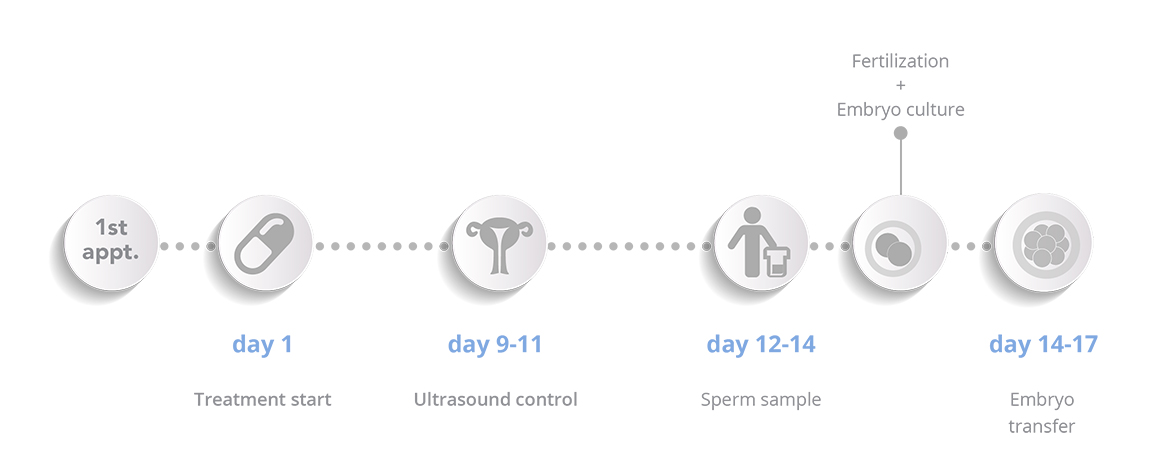
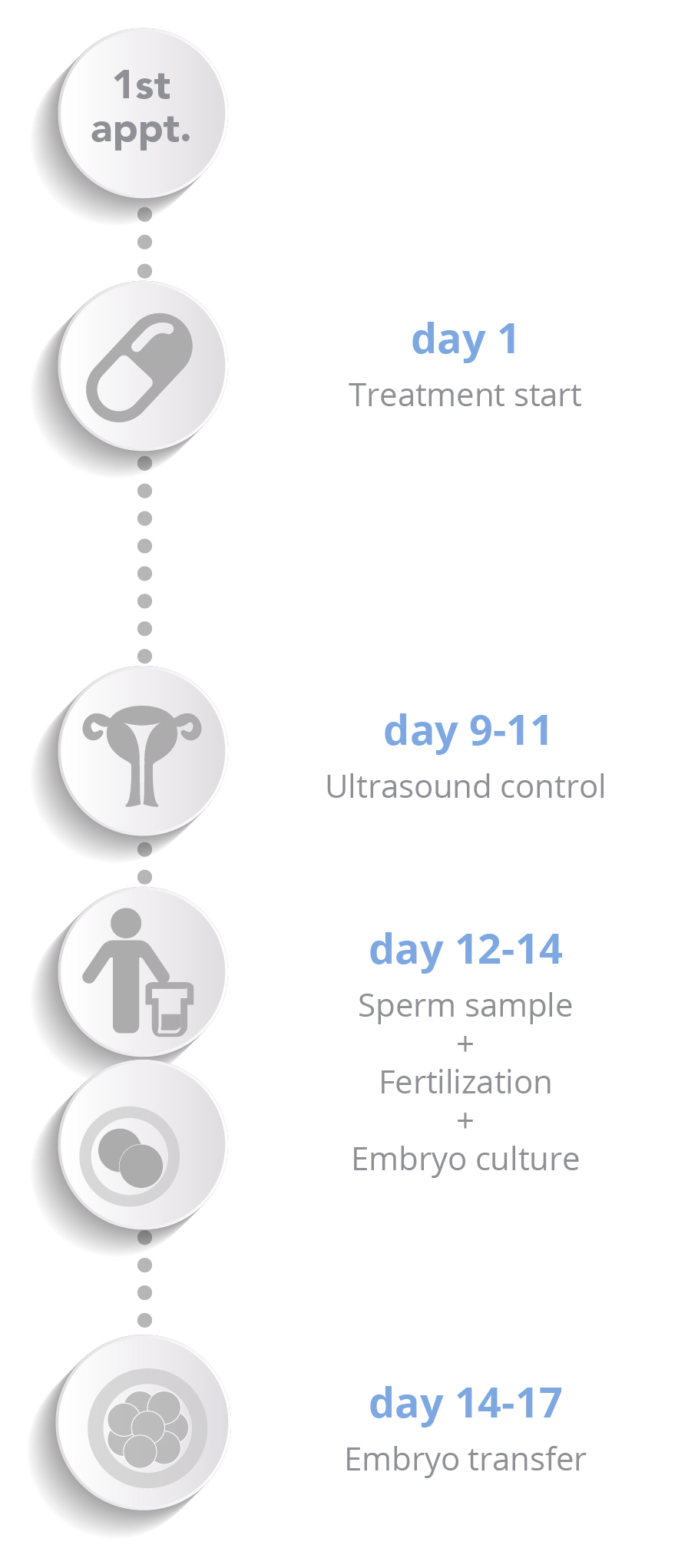




 Español
Español Français
Français Català
Català Italiano
Italiano Русский
Русский






